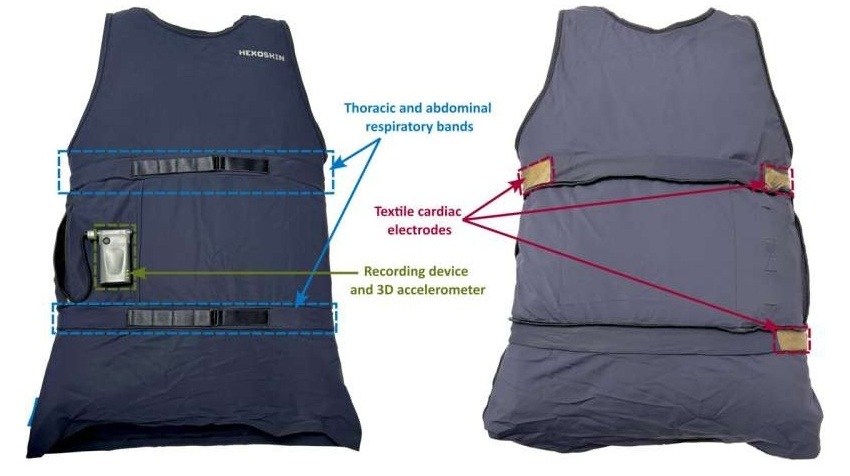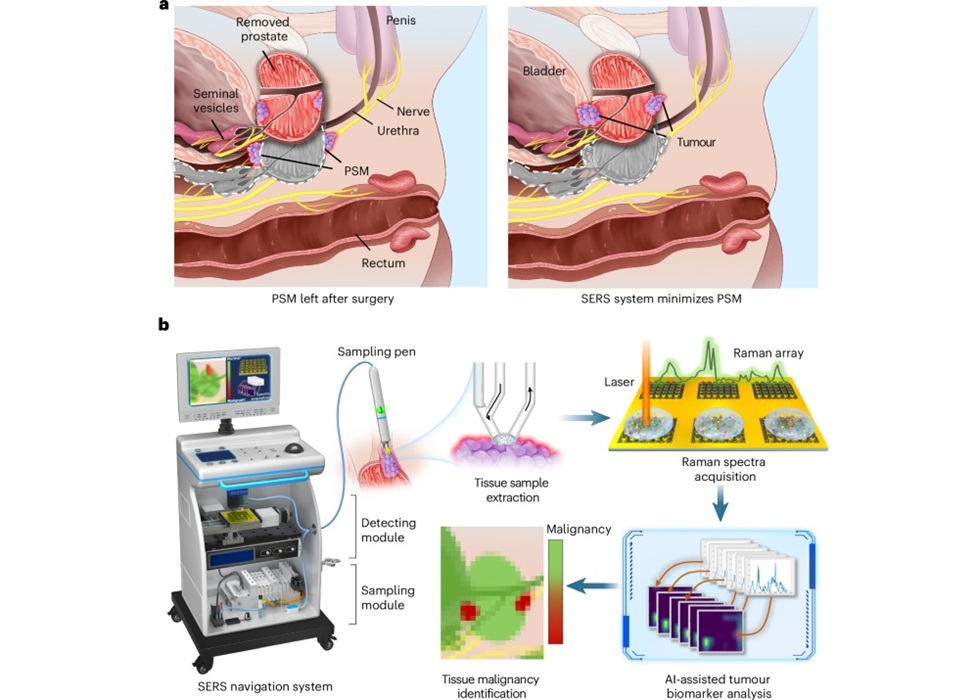Scientists Use Cloud-Based Supercomputing and AI to Develop COVID-19 Treatments and Vaccine Models
|
By HospiMedica International staff writers Posted on 16 Sep 2020 |
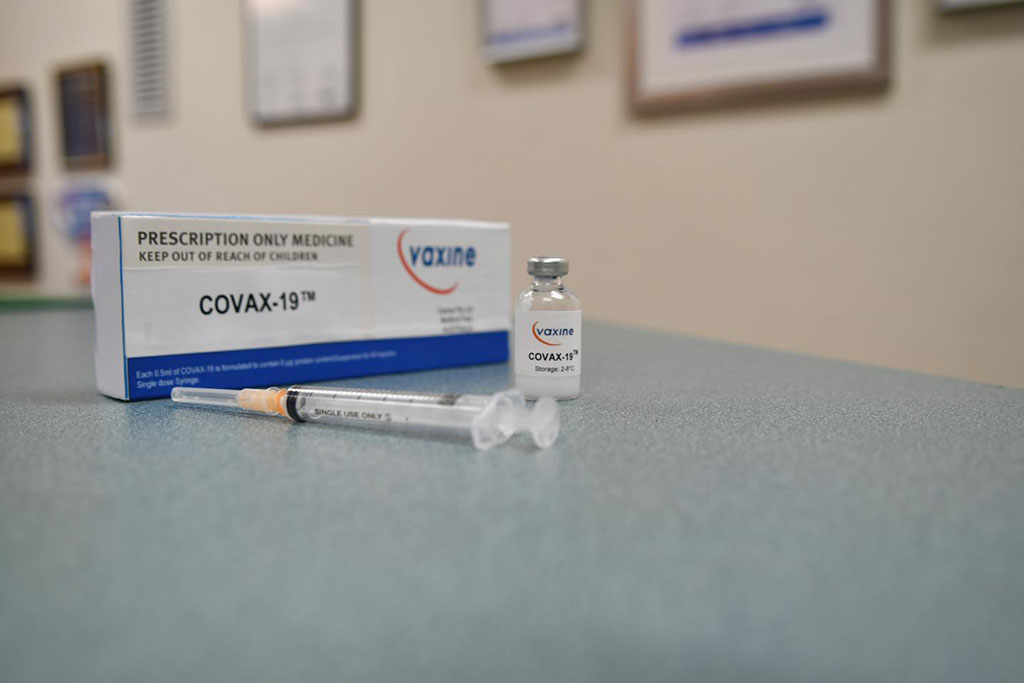
Image: Covax-19 (Photo courtesy of Vaxine Pty Ltd.)
A team of scientists from a vaccination biotech company have used cloud-based supercomputing and artificial intelligence (AI) to develop COVID-19 treatments and vaccine models.
The research team from Vaxine Pty Ltd. (Adelaide, Australia) used computer modelling on the coronavirus spike protein to rapidly design a synthetic COVID-19 vaccine. The Vaxine team was able to design, manufacture and advance their Covax-19 vaccine into human trials in under five months in a process that normally would take up to 15 years. The team is also using similar techniques for other projects, including a new treatment for respiratory complications of COVID-19, a preventive nasal spray, and a rapid response test to predict how severely the disease will progress.
Recently, the Vaxine research group released a list of up to 80 new potential candidate drugs against the COVID-19 virus. The possible therapies were identified using cloud-based supercomputer programs used by Vaxine in its vaccination research modelling, allowing other researchers to further investigate their potential. Using the genetic sequence of COVID-19, the team built three dimensional molecular structures of key COVID-19 proteins that were then used to screen existing drugs and natural remedies for potential activity against the COVID-19 protease protein. The team used high performance cloud computing services provided by Oracle under a research grant to Flinders University (Adelaide, South Australia) that enabled the team to rapidly screen for potential drugs against COVID-19.
“Thanks to our unique ability to run computer simulations on the virus before it is even fully characterized, we were able to dramatically speed up the ability to design our Covax-19 vaccine,” said Flinders University Professor Nikolai Petrovsky, Research Director of Vaxine. “The vaccine based on the synthetic spike protein was then manufactured in insect cell cultures before being combined with our Vaxine Advax adjuvant, which is used to turbocharge the vaccine and make it more effective.”
“It is exciting to be at the forefront of global COVID-19 science efforts, applying all the latest cutting edge methods including artificial intelligence and high performance cloud computing to create potential pandemic drugs and vaccines as part of the Vaxine team,” said Dr. Sakshi Piplani, who leads Vaxine’s bioinformatics team.
Related Links:
Vaxine Pty Ltd.
Flinders University
The research team from Vaxine Pty Ltd. (Adelaide, Australia) used computer modelling on the coronavirus spike protein to rapidly design a synthetic COVID-19 vaccine. The Vaxine team was able to design, manufacture and advance their Covax-19 vaccine into human trials in under five months in a process that normally would take up to 15 years. The team is also using similar techniques for other projects, including a new treatment for respiratory complications of COVID-19, a preventive nasal spray, and a rapid response test to predict how severely the disease will progress.
Recently, the Vaxine research group released a list of up to 80 new potential candidate drugs against the COVID-19 virus. The possible therapies were identified using cloud-based supercomputer programs used by Vaxine in its vaccination research modelling, allowing other researchers to further investigate their potential. Using the genetic sequence of COVID-19, the team built three dimensional molecular structures of key COVID-19 proteins that were then used to screen existing drugs and natural remedies for potential activity against the COVID-19 protease protein. The team used high performance cloud computing services provided by Oracle under a research grant to Flinders University (Adelaide, South Australia) that enabled the team to rapidly screen for potential drugs against COVID-19.
“Thanks to our unique ability to run computer simulations on the virus before it is even fully characterized, we were able to dramatically speed up the ability to design our Covax-19 vaccine,” said Flinders University Professor Nikolai Petrovsky, Research Director of Vaxine. “The vaccine based on the synthetic spike protein was then manufactured in insect cell cultures before being combined with our Vaxine Advax adjuvant, which is used to turbocharge the vaccine and make it more effective.”
“It is exciting to be at the forefront of global COVID-19 science efforts, applying all the latest cutting edge methods including artificial intelligence and high performance cloud computing to create potential pandemic drugs and vaccines as part of the Vaxine team,” said Dr. Sakshi Piplani, who leads Vaxine’s bioinformatics team.
Related Links:
Vaxine Pty Ltd.
Flinders University
Latest COVID-19 News
- Low-Cost System Detects SARS-CoV-2 Virus in Hospital Air Using High-Tech Bubbles
- World's First Inhalable COVID-19 Vaccine Approved in China
- COVID-19 Vaccine Patch Fights SARS-CoV-2 Variants Better than Needles
- Blood Viscosity Testing Can Predict Risk of Death in Hospitalized COVID-19 Patients
- ‘Covid Computer’ Uses AI to Detect COVID-19 from Chest CT Scans
- MRI Lung-Imaging Technique Shows Cause of Long-COVID Symptoms
- Chest CT Scans of COVID-19 Patients Could Help Distinguish Between SARS-CoV-2 Variants
- Specialized MRI Detects Lung Abnormalities in Non-Hospitalized Long COVID Patients
- AI Algorithm Identifies Hospitalized Patients at Highest Risk of Dying From COVID-19
- Sweat Sensor Detects Key Biomarkers That Provide Early Warning of COVID-19 and Flu
- Study Assesses Impact of COVID-19 on Ventilation/Perfusion Scintigraphy
- CT Imaging Study Finds Vaccination Reduces Risk of COVID-19 Associated Pulmonary Embolism
- Third Day in Hospital a ‘Tipping Point’ in Severity of COVID-19 Pneumonia
- Longer Interval Between COVID-19 Vaccines Generates Up to Nine Times as Many Antibodies
- AI Model for Monitoring COVID-19 Predicts Mortality Within First 30 Days of Admission
- AI Predicts COVID Prognosis at Near-Expert Level Based Off CT Scans
Channels
Critical Care
view channel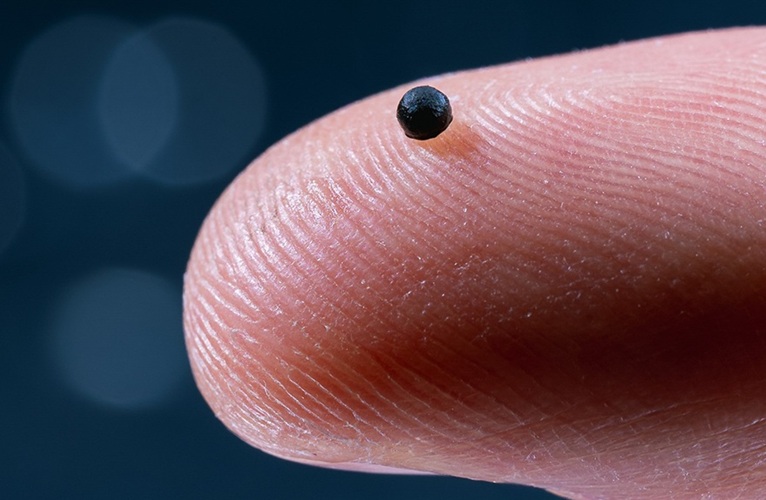
Magnetically Guided Microrobots to Enable Targeted Drug Delivery
Stroke affects 12 million people globally each year, often causing death or lasting disability. Current treatment relies on systemic administration of clot-dissolving drugs, which circulate throughout... Read more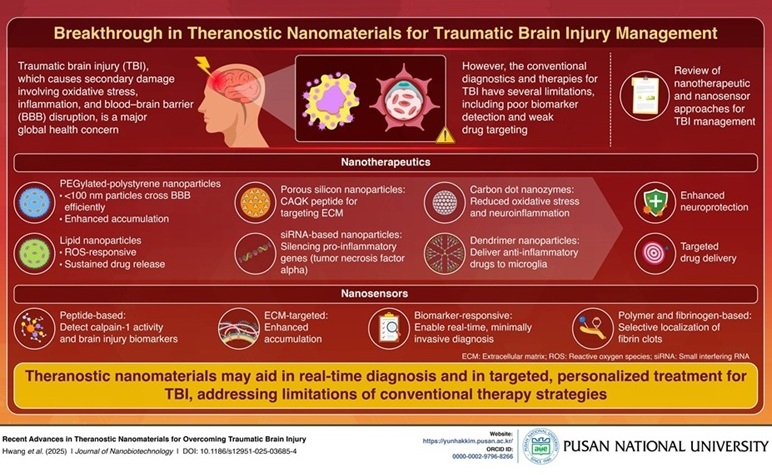
Smart Nanomaterials Detect and Treat Traumatic Brain Injuries Simultaneously
Traumatic brain injury (TBI) continues to leave millions with long-term disabilities every year. After a sudden impact from a fall, collision, or accident, the brain undergoes inflammation, oxidative stress,... Read more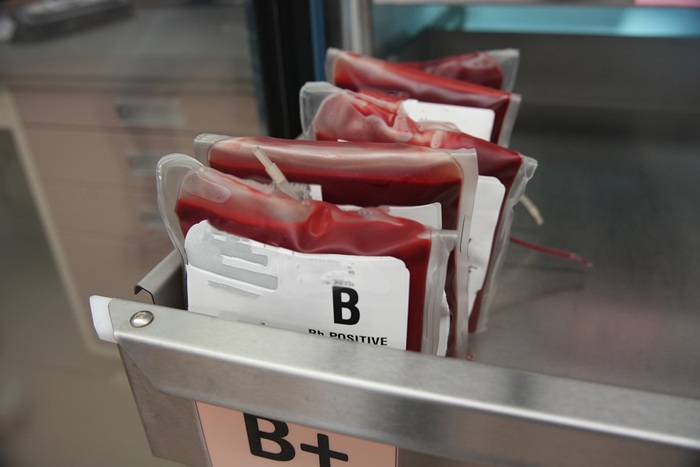
Earlier Blood Transfusion Could Reduce Heart Failure and Arrhythmia in Heart Disease Patients
Blood loss during or after surgery can place significant stress on people with heart disease, increasing the risk of dangerous complications. Transfusions are often delayed until hemoglobin levels fall... Read moreSurgical Techniques
view channel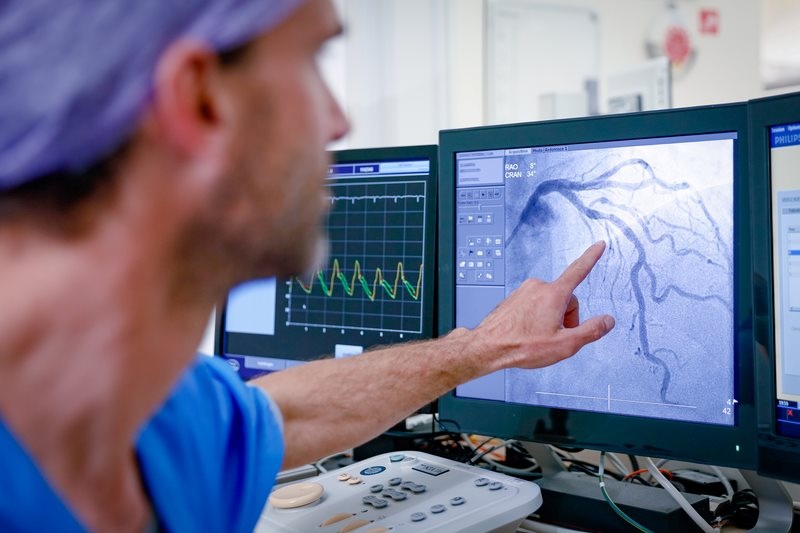
New Study Findings Could Halve Number of Stent Procedures
When a coronary artery becomes acutely blocked during a heart attack, opening it immediately is essential to prevent irreversible damage. However, many patients also have other narrowed vessels that appear... Read more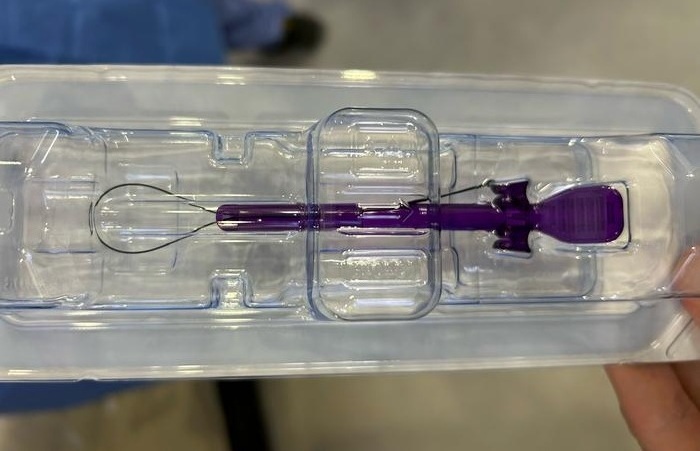
Breakthrough Surgical Device Redefines Hip Arthroscopy
Hip arthroscopy has surged in popularity, yet surgeons still face major mechanical constraints when navigating deep joint spaces through traditional cannulas. Limited tool mobility and the need for an... Read morePatient Care
view channel
Revolutionary Automatic IV-Line Flushing Device to Enhance Infusion Care
More than 80% of in-hospital patients receive intravenous (IV) therapy. Every dose of IV medicine delivered in a small volume (<250 mL) infusion bag should be followed by subsequent flushing to ensure... Read more
VR Training Tool Combats Contamination of Portable Medical Equipment
Healthcare-associated infections (HAIs) impact one in every 31 patients, cause nearly 100,000 deaths each year, and cost USD 28.4 billion in direct medical expenses. Notably, up to 75% of these infections... Read more
Portable Biosensor Platform to Reduce Hospital-Acquired Infections
Approximately 4 million patients in the European Union acquire healthcare-associated infections (HAIs) or nosocomial infections each year, with around 37,000 deaths directly resulting from these infections,... Read moreFirst-Of-Its-Kind Portable Germicidal Light Technology Disinfects High-Touch Clinical Surfaces in Seconds
Reducing healthcare-acquired infections (HAIs) remains a pressing issue within global healthcare systems. In the United States alone, 1.7 million patients contract HAIs annually, leading to approximately... Read moreHealth IT
view channel
EMR-Based Tool Predicts Graft Failure After Kidney Transplant
Kidney transplantation offers patients with end-stage kidney disease longer survival and better quality of life than dialysis, yet graft failure remains a major challenge. Although a successful transplant... Read more
Printable Molecule-Selective Nanoparticles Enable Mass Production of Wearable Biosensors
The future of medicine is likely to focus on the personalization of healthcare—understanding exactly what an individual requires and delivering the appropriate combination of nutrients, metabolites, and... Read moreBusiness
view channel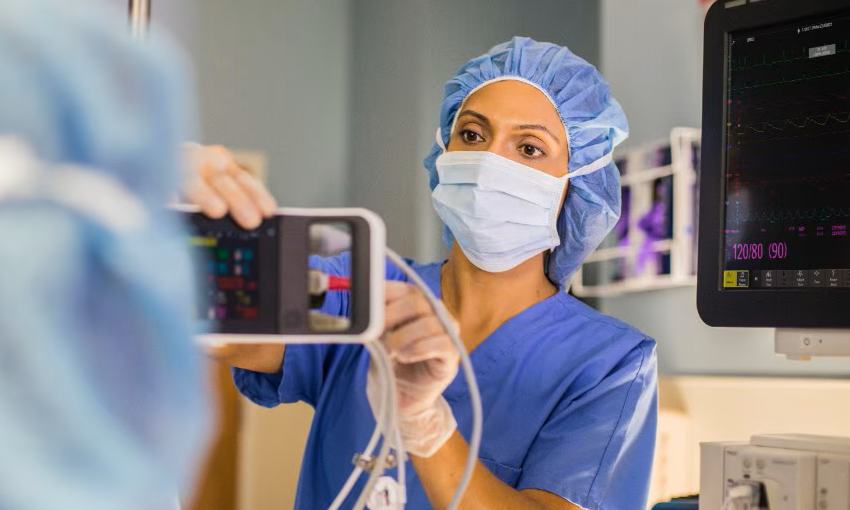
Philips and Masimo Partner to Advance Patient Monitoring Measurement Technologies
Royal Philips (Amsterdam, Netherlands) and Masimo (Irvine, California, USA) have renewed their multi-year strategic collaboration, combining Philips’ expertise in patient monitoring with Masimo’s noninvasive... Read more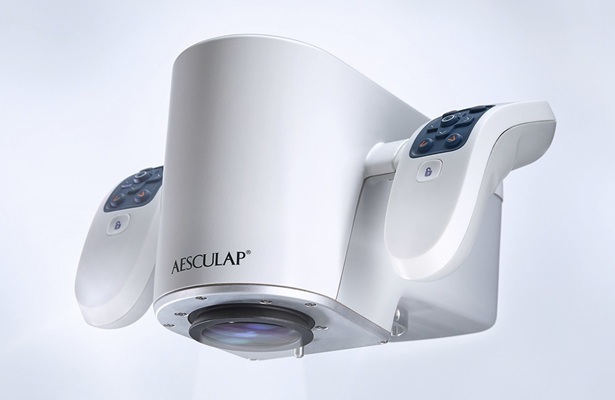
B. Braun Acquires Digital Microsurgery Company True Digital Surgery
The high-end microsurgery market in neurosurgery, spine, and ENT is undergoing a significant transformation. Traditional analog microscopes are giving way to digital exoscopes, which provide improved visualization,... Read more
CMEF 2025 to Promote Holistic and High-Quality Development of Medical and Health Industry
The 92nd China International Medical Equipment Fair (CMEF 2025) Autumn Exhibition is scheduled to be held from September 26 to 29 at the China Import and Export Fair Complex (Canton Fair Complex) in Guangzhou.... Read more













